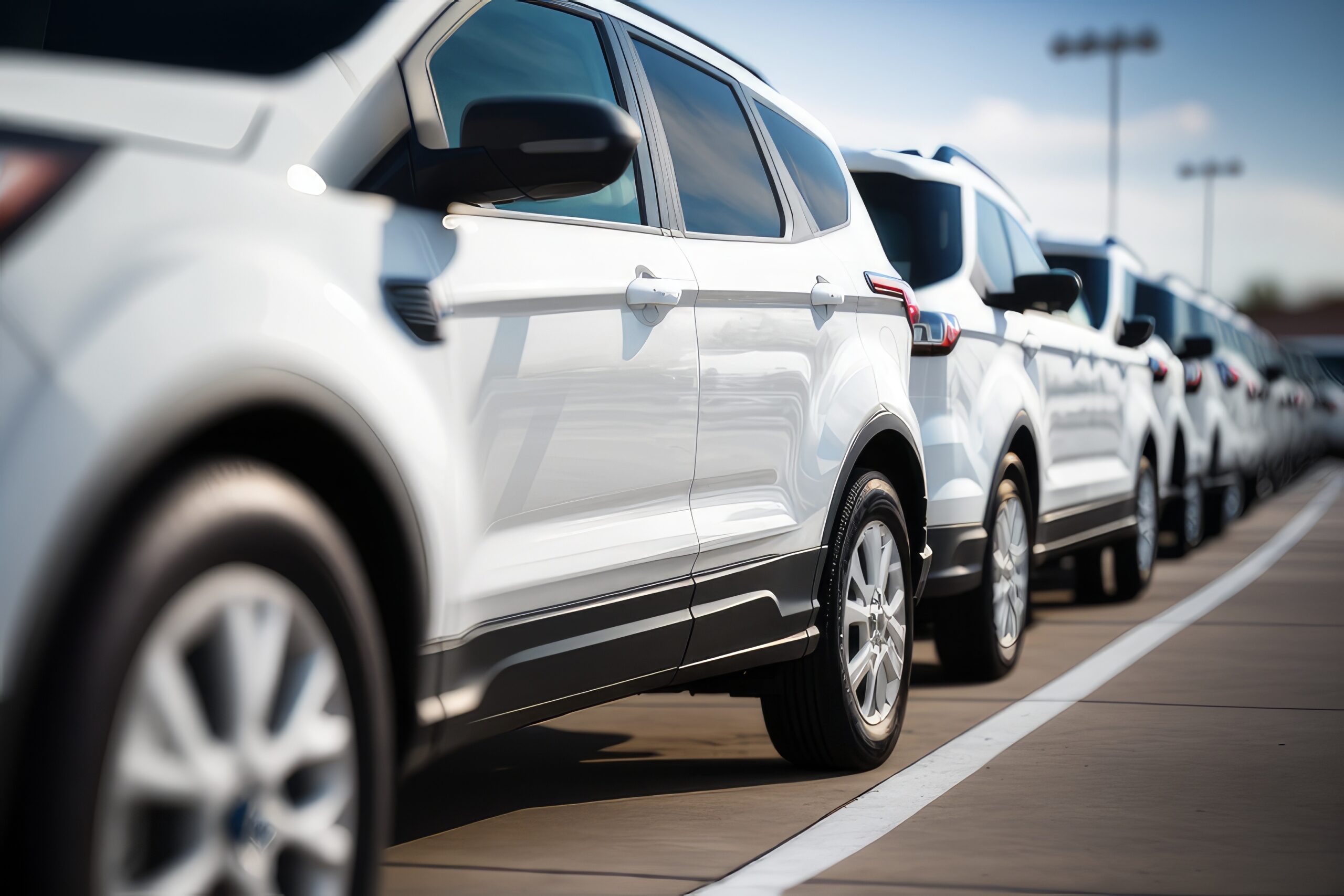Team Cardata
3 mins
What 2025 Car Allowance Trends Can Tell Us About 2026
Allowances rose from $651 to $706 in 2025, an 8% increase. Rising vehicle costs are steady and predictable, helping guide 2026 planning.

Speak to an Expert
Book a CallIf you’ve been watching car allowance trends this year, you’ve probably noticed a pattern: consistent growth with seasonal stability. From January through September 2025, average allowances have risen from $651 to $706, a steady 8% increase.
That kind of climb tells us something important: vehicle-related costs are going up, but they’re doing so in a predictable way. For businesses managing reimbursement programs, 2025 has provided a clear signal. Let’s break down what the numbers mean and how they should guide your planning for 2026.
Smooth Climb with Seasonal Rhythm
January and February clocked in as the lowest months for car allowances in 2025, which isn’t surprising. Winter often brings less business travel, and many companies start the year with tighter budgets. But as spring arrived, things changed.
From March through September, we saw steady, reliable growth. That growth wasn’t volatile, it was smooth. Allowance averages climbed gradually, reflecting either increased business mileage, rising fuel and insurance costs, or both.
The consistency is what stands out. Compared to previous years with spikes and dips, 2025 has shaped up to be refreshingly stable. That kind of trend gives organizations confidence to forecast mileage budgets, rather than constantly react to unpredictable changes.
So how can you leverage this data to your benefit? Align reimbursement programs with actual cost trends like this, so your organization can maintain fairness for drivers while protecting their bottom line.
September’s Peak and the Rolling Average
September marked the high point of the year, with an average allowance of $705.66. It’s a notable capstone to a year that’s seen upward movement but minimal volatility. And with a rolling average currently sitting at $648.69, we’re seeing that even the year’s baseline remains relatively strong.
This kind of data-driven insight is key to setting policy. It tells you what your peers are paying, where costs are headed, and how to avoid under- or over-reimbursing your drivers.
The predictable curve suggests we’re operating in a relatively healthy reimbursement environment, one where cost increases aren’t shocks but slow shifts. Companies that adjust regularly to reflect that reality will build more trust with drivers and avoid reactive program overhauls later on.
Need help making adjustments? Mileage tracking tools like Cardata Mobile help automate rate updates and track cost changes by location, so you’re always reimbursing fairly and compliantly.
What to Expect in 2026
If 2025 is any indication, 2026 will likely follow a similar upward path. Fuel prices, maintenance costs, and insurance premiums rarely drop for long. That means organizations should be planning for modest increases in reimbursement rates.
Rather than waiting to see what inflation or gas prices do, companies should use this year’s smooth trend to proactively refine their vehicle programs. If your policy still uses a flat-rate stipend, now is the time to evaluate tax-free models like FAVR, which adjust for cost changes and avoid payroll tax waste.
In short, 2025 hasn’t brought surprises, but it has delivered clarity. And for companies trying to budget smarter and support their teams more effectively, that’s a win. Looking to plan your 2026 program with confidence? Talk to the experts at Cardata and see how a data-driven approach can make your reimbursement strategy smarter, more predictable, and easier to manage.
Share on:

